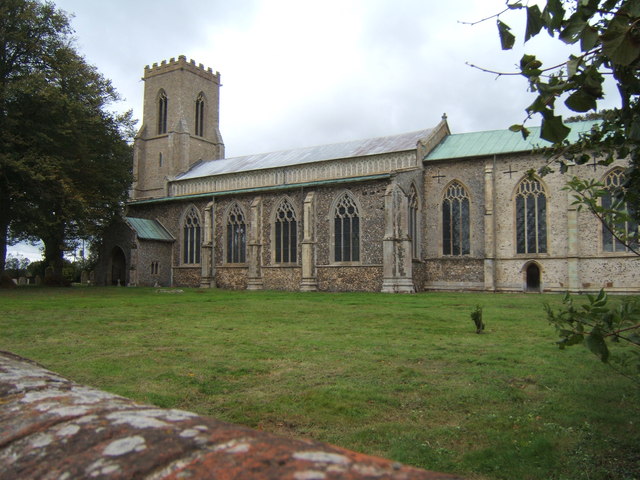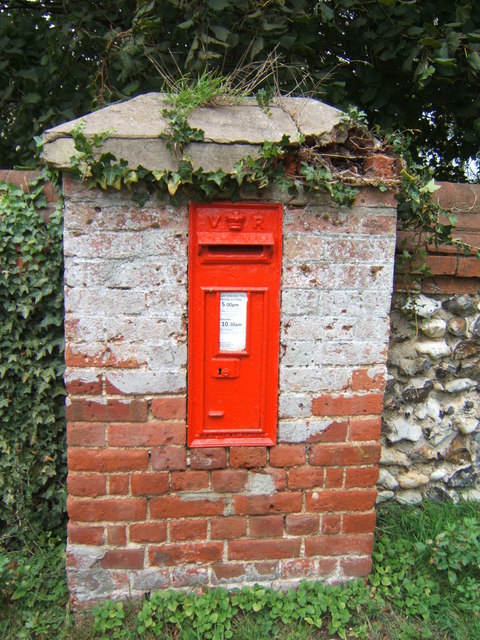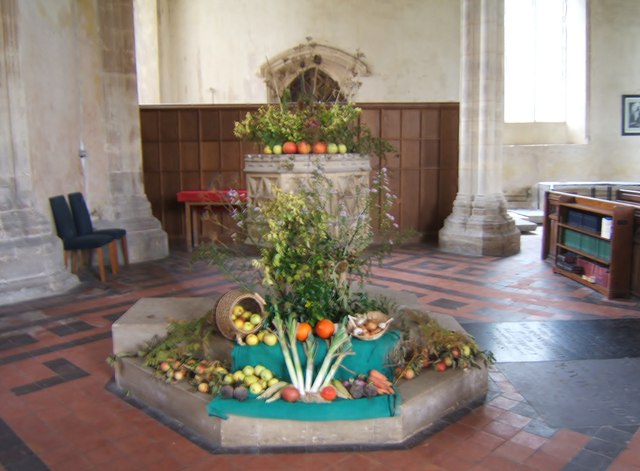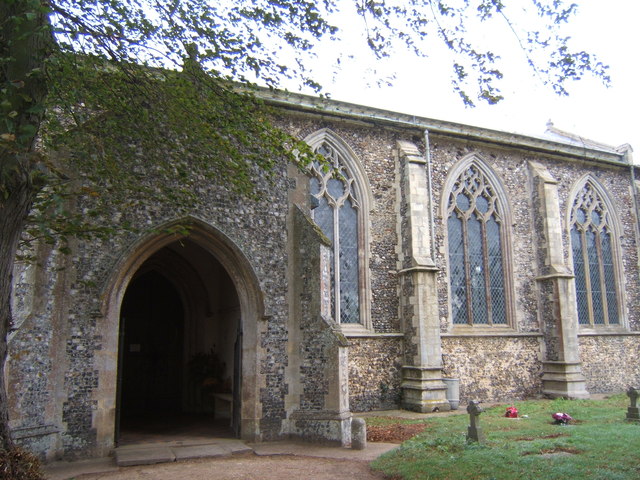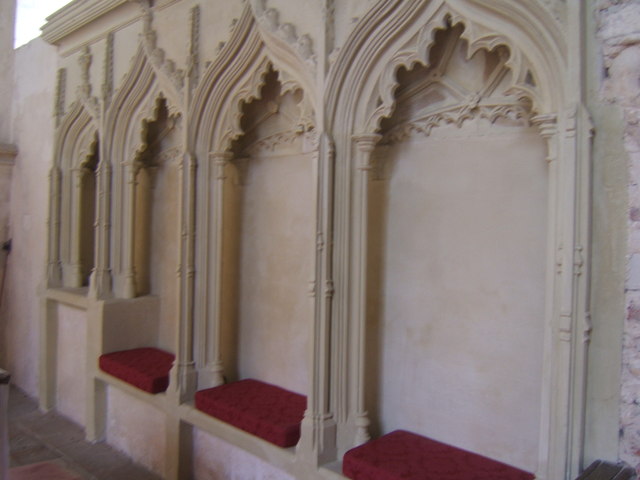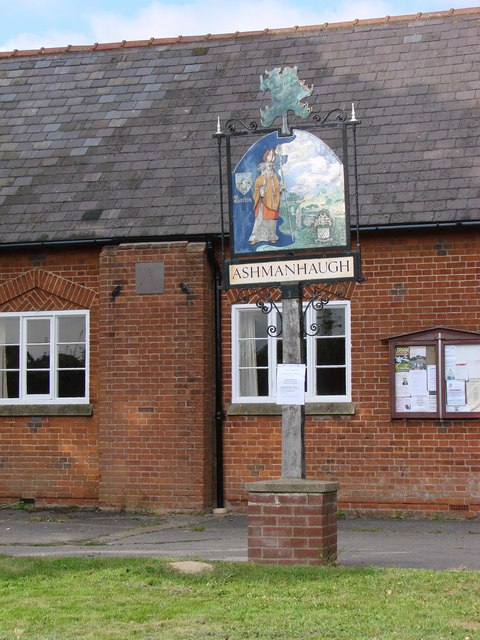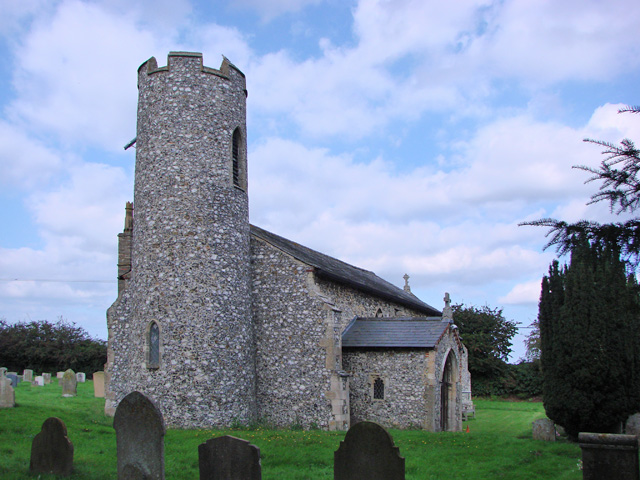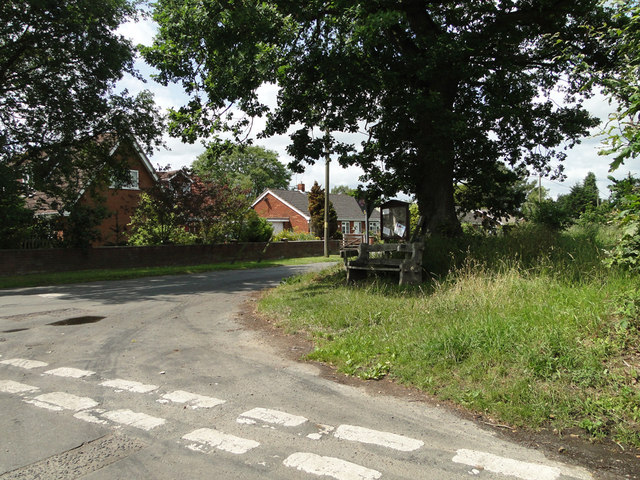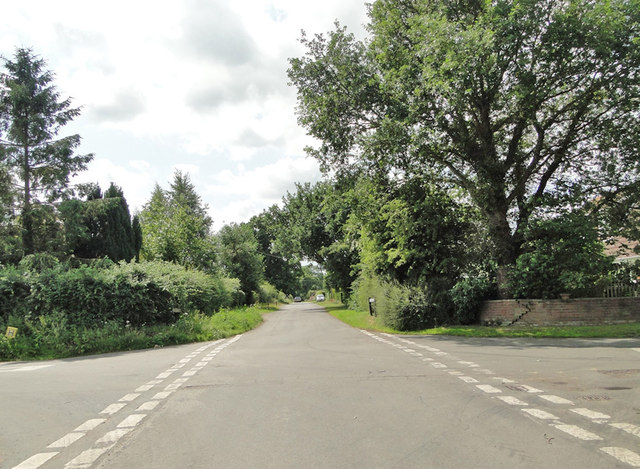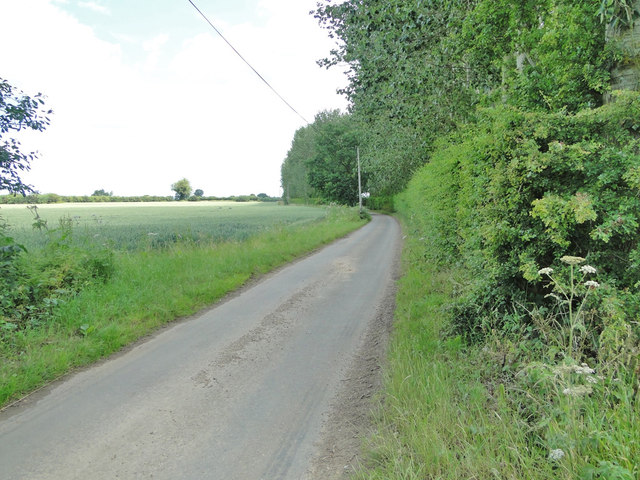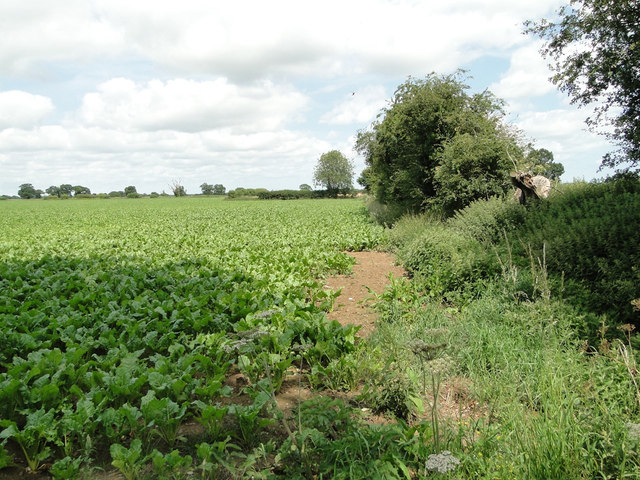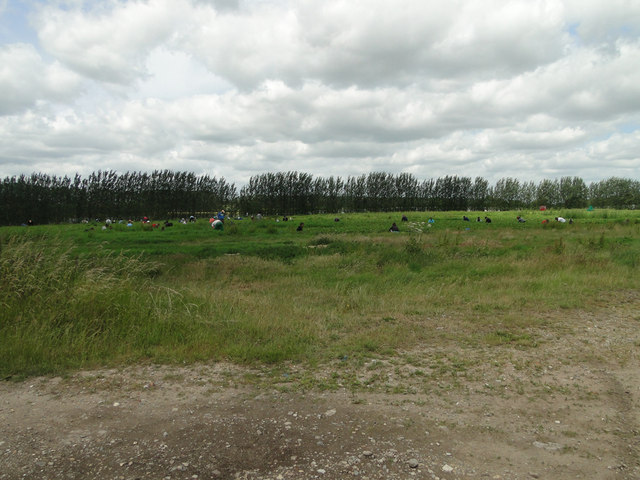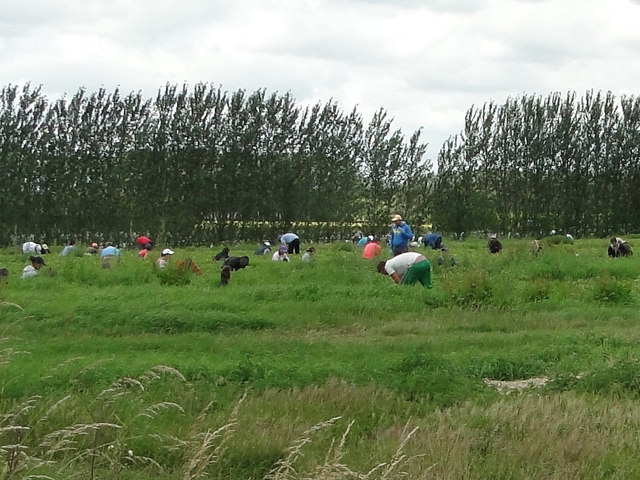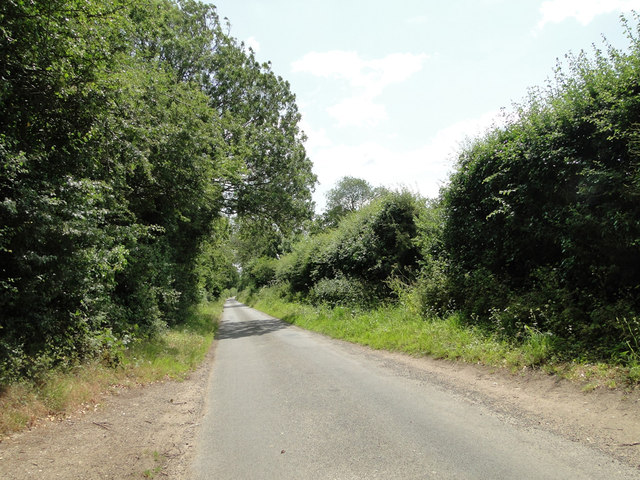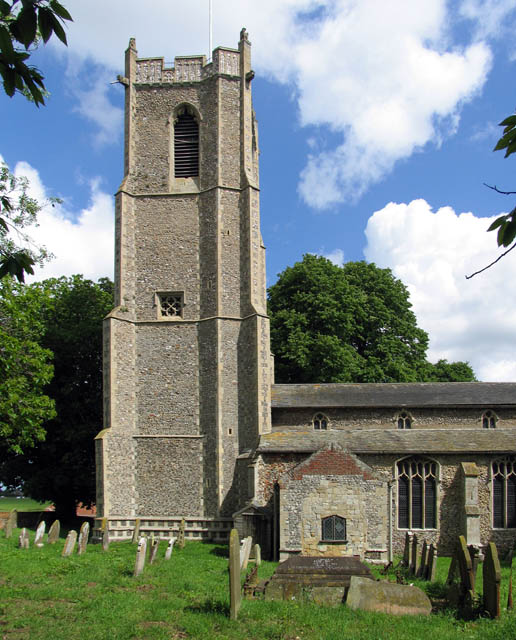Ashmanhaugh
Civil Parish in Norfolk North Norfolk
England
Ashmanhaugh
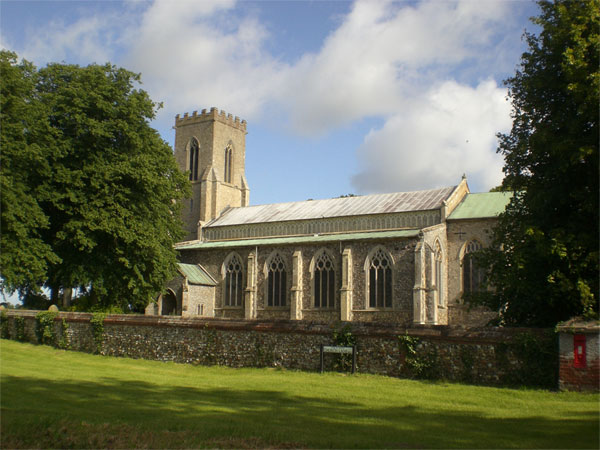
Ashmanhaugh is a civil parish located in the county of Norfolk, England. Situated in the East of England region, the parish covers an area of approximately 10 square kilometers. It is situated about 13 kilometers north-east of Norwich, the county town of Norfolk.
The village of Ashmanhaugh is small and has a population of around 300 residents. The area is known for its picturesque countryside, with rolling fields and charming country lanes. The River Bure runs through the village, adding to its scenic beauty.
The village is home to St. Swithin's Church, a historic building that dates back to the 12th century. The church is a prominent feature of the village and is known for its beautiful architecture. The village also has a village hall, which serves as a community hub for various events and gatherings.
Ashmanhaugh is a popular destination for nature lovers, as it is surrounded by natural beauty. The nearby Ashmanhaugh and Barton Broad nature reserve is a haven for wildlife, with a variety of bird species and other fauna. The reserve is an ideal location for birdwatching and nature walks.
The village has limited amenities, with a small shop and a pub that serves the local community. However, for more extensive amenities, residents can easily access nearby towns and cities such as Norwich.
Overall, Ashmanhaugh is a tranquil and picturesque village, offering residents and visitors a peaceful retreat in the heart of Norfolk's countryside.
If you have any feedback on the listing, please let us know in the comments section below.
Ashmanhaugh Images
Images are sourced within 2km of 52.740017/1.436433 or Grid Reference TG3221. Thanks to Geograph Open Source API. All images are credited.

![Beeston Hall This fine country house is attributed to the architect William Wilkins of Norwich. It was built in 1786 for Jacob Preston near the site of an older mansion which was torn down. The surrounding park, now largely given over to farming, is believed to have been laid out at around the same time.
In the 1940s, Beeston Hall was owned by Sir Thomas Preston, O.B.E (1886-1976), 6th baronet, who spent most of his time overseas. As a young man, he went on mining expeditions in northern Siberia prospecting for gold and he later joined the Diplomatic Service. He was British Consul in Ekaterinburg at the time of the murder in 1918 by the Bolsheviks of Tsar Nicholas II and the Russian Imperial family. Sir Thomas was succeeded by his eldest son, Sir Ronald Douglas Hildebrand Preston, 7th Baronet, who served as a Major in the Intelligence Corps and later worked for Reuters and The Times as a foreign correspondent. He was also a member of the SOE (Special Operations Executive, a covert military organisation).
From 1940 to 1942, Beeston Hall housed the Norfolk Auxiliary Units&#039; administrative headquarters and it was here where Captain Nigel Oxenden [later Major Nigel Oxenden MC] and his staff were based. Although the Hall is surrounded by extensive park and farmland, no training exercises appear to have been held at Beeston.
At present, the estate is known as the Beeston Hall Arabian Stud.
(Picture taken by kind permission of the owner.)](https://s1.geograph.org.uk/geophotos/04/36/62/4366233_174a9e27.jpg)
![Beeston Hall This fine country house is attributed to the architect William Wilkins of Norwich. It was built in 1786 for Jacob Preston near the site of an older mansion which was torn down. The surrounding park, now largely given over to farming, is believed to have been laid out at around the same time.
In the 1940s, Beeston Hall was owned by Sir Thomas Preston, O.B.E (1886-1976), 6th baronet, who spent most of his time overseas. As a young man, he went on mining expeditions in northern Siberia prospecting for gold and he later joined the Diplomatic Service. He was British Consul in Ekaterinburg at the time of the murder in 1918 by the Bolsheviks of Tsar Nicholas II and the Russian Imperial family. Sir Thomas was succeeded by his eldest son, Sir Ronald Douglas Hildebrand Preston, 7th Baronet, who served as a Major in the Intelligence Corps and later worked for Reuters and The Times as a foreign correspondent. He was also a member of the SOE (Special Operations Executive, a covert military organisation).
From 1940 to 1942, Beeston Hall housed the Norfolk Auxiliary Units&#039; administrative headquarters and it was here where Captain Nigel Oxenden [later Major Nigel Oxenden MC] and his staff were based. Although the Hall is surrounded by extensive park and farmland, no training exercises appear to have been held at Beeston.
At present, the estate is known as the Beeston Hall Arabian Stud.
(Picture taken by kind permission of the owner.)](https://s3.geograph.org.uk/geophotos/04/36/62/4366235_2e6285be.jpg)

Ashmanhaugh is located at Grid Ref: TG3221 (Lat: 52.740017, Lng: 1.436433)
Administrative County: Norfolk
District: North Norfolk
Police Authority: Norfolk
What 3 Words
///yield.icicles.rebel. Near Hoveton, Norfolk
Nearby Locations
Related Wikis
Ashmanhaugh
Ashmanhaugh is a village and civil parish in the English county of Norfolk, situated some 20 km north east of Norwich. See Inside the churches of St Swithins...
Hoveton Hall
Hoveton Hall in the parish of Hoveton in Norfolk is a Regency-style country house made of gault brick with a slate roof. It was built between 1809 and...
Neatishead
Neatishead ( NEET-stəd) is a village and civil parish in the English county of Norfolk. The village is situated some 20 km (12 mi) north-east of the city...
St Michael and All Angels Church, Barton Turf
St Michael and All Angels is the Church of England parish church of Barton Turf in the county of Norfolk in England. See Inside here. It stands about a...
Smallburgh
Smallburgh is a village and a civil parish in the English county of Norfolk. The village is fourteen miles (21 km) south-east of Cromer, fourteen miles...
Anchor Street
Anchor Street is a village in Norfolk, England.
Tunstead, Norfolk
Tunstead is a village and a civil parish in the English county of Norfolk. The village is 10.7 miles north north east of the city of Norwich, 15 miles...
Broadland High Ormiston Academy
Broadland High Ormiston Academy is a rural mixed academy in Hoveton, Norfolk for pupils aged 11 to 16. As of August 1, 2018, the school joined Ormiston...
Have you been to Ashmanhaugh?
Leave your review of Ashmanhaugh below (or comments, questions and feedback).
